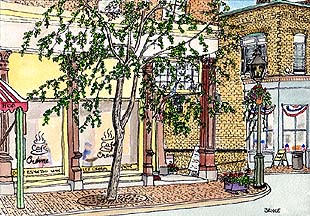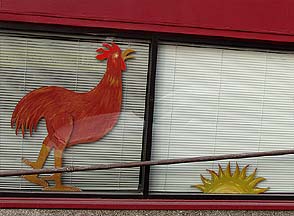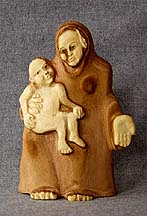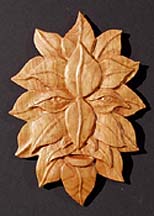If you ever imagined running a local art gallery in the hinterlands, you might want to read this. Gallery Muir has been open for almost six months now, and a retrospective look is in order. Or was it Bob Dylan who said “Don’t Look Back”?
What we didn’t factor in was stubbornness. If you’ve got an ounce of it up front, you’ll be lugging a pound of it half a year later. This gallery biz is a long slow process, as it turns out. The heavy question is: do we have the legs?
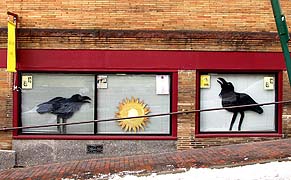
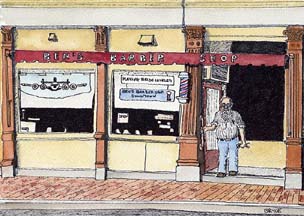
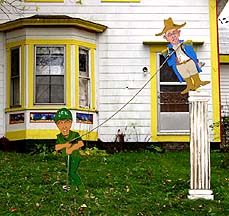
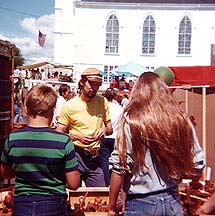
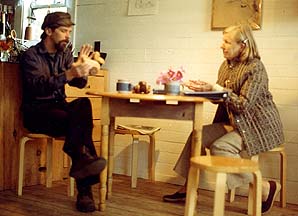
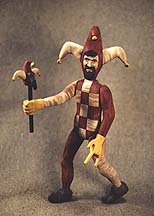 No
fools, no fun
No
fools, no fun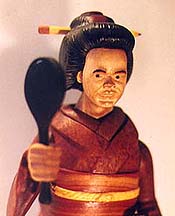
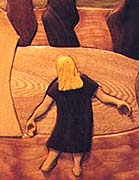 A
Search
A
Search 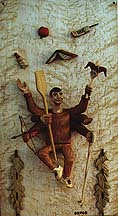
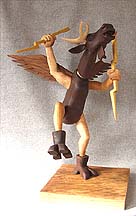
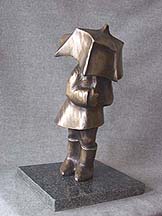
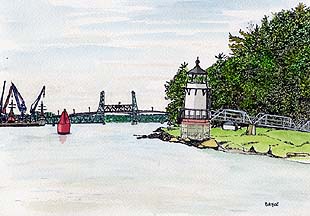
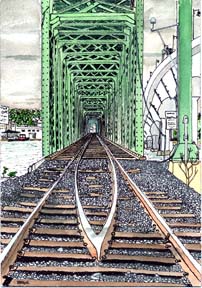
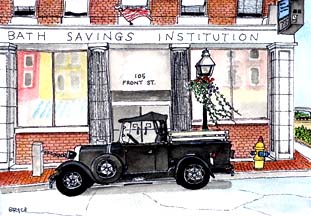 Can
you bank on it?
Can
you bank on it?